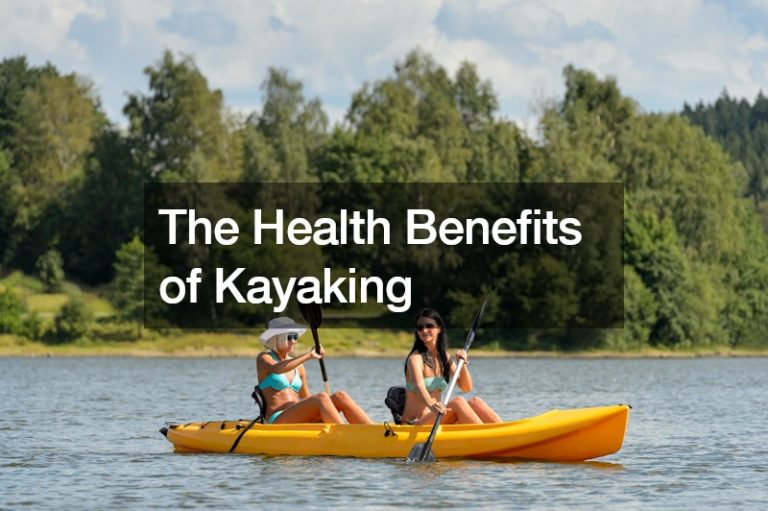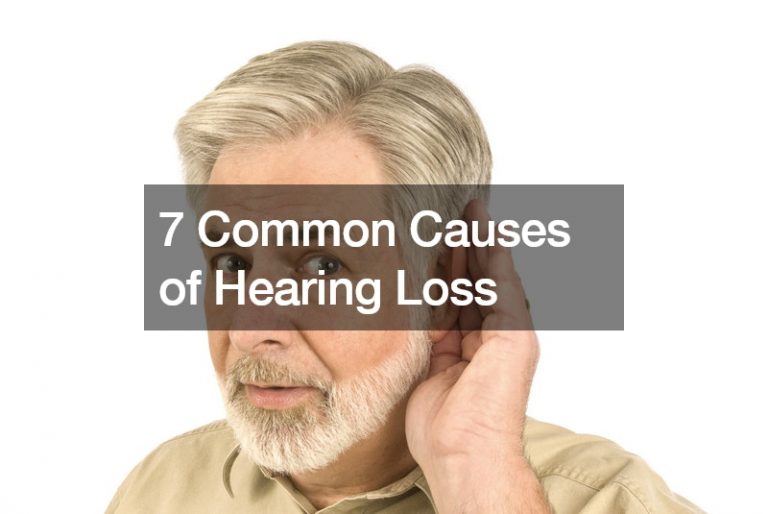Sports fans will have observed that top athletes don’t just go through extensive rituals to warm themselves up before a game or performance. They also pay special attention to the way they recover from exercise.
For some, this can mean chugging an energy drink during timeouts, wearing compression garments, or getting the trainer to knead strained muscles. Others focus on post-game therapy, such as cold water immersion or electrical stimulation.
Studies have shown that such recovery techniques have varying effectiveness. But they generally do positively impact our ability to get back to peak condition after an intense workout.
This is great news for athletes who are always seeking incremental gains and a competitive edge. But what about the average person whose exercises are moderate by comparison? Do you really need to do something different in terms of recovery?
A complex challenge to study
Achieving health and fitness goals is a complex endeavor. Each of us has unique personal attributes that combine to influence how our bodies respond to interventions, such as changes in exercise or diet.
Scientific knowledge continues to advance further along the frontiers of athletic performance, nutrition, and recovery. But due to these individual variations, researchers tend to focus on a small population with defined attributes.
For instance, restricting a study only to athletes within a specific sport, or people of a certain age range, helps the researcher eliminate the influence of those variables. It becomes easier to state with confidence that changes in a single factor are correlated with whatever results are obtained.
Lost in translation

However, all those subtleties, disclaimers, and caveats of the discipline of scientific research tend to get lost in translation as the findings are transmitted through modern information networks.
A study might be published in a respected, peer-reviewed journal, but the public doesn’t usually get its information through such sources. They are often too technical to make for casual viewing on your cellphone, for instance.
Instead, most people get their information from sources further downstream. In an elaborate game of telephone, we rely on blogs and influencers to deliver the news to us, often acquired by them in pre-digested form from intermediate sources.
Even if their intentions are good, these entities are often incentivized to deliver their content concisely and engagingly. Details and qualifications are trimmed. The research eventually gets boiled down to a three-minute read or even just a tweet.
Take this scholarly article about the possible benefits of chocolate milk for recovery, for example.
The researchers explain that their study is an aggregate review of several others and that due to the differences in those studies, subjects couldn’t be controlled for type of exercise. Their results indicate that chocolate milk has a beneficial influence on some aspects of recovery, but not all and that some papers had contradictory findings.
But when that research gets filtered down to the blogosphere, or other social media channels, what you get is a call to action instead. Something along the lines of ‘chocolate milk is the new energy drink,’ or ‘you need to drink this after your workouts.’
Stick to the basics
The average person faces the already daunting task of maintaining a regular exercise habit and staying healthy. This phenomenon of inadvertent distortion of information, along with the more deliberate spread of misinformation by parties with a vested interest, doesn’t help at all.
It also encourages the wrong attitude when it comes to health and fitness. People develop a mindset that somehow, you can find a simple secret that works for everyone.
Chocolate milk, or any other recovery technique, could indeed yield significant results for athletes. They are already doing a lot of other things optimally. Being fit is their job, and they need to exercise on a strict schedule, with high intensity.
For the layperson, though, it’s best to dispel the notion that just doing one thing differently can suddenly unlock their goals, whether that’s fat loss or muscle gain.
Instead, make sure you’ve got the basics all covered. Get adequate hours of quality sleep each day. Stay hydrated, and eat food that provides proper nutrition.
If a movement feels awkward or difficult, try to stretch it out. Sore muscles might call for a massage session at the spa. And if there’s a chance that pain or soreness might indicate more serious issues, consult with a doctor or have a trainer oversee your workouts to correct errors in form.
To most of us who don’t exercise for a living, recovery matters, but only as much as everything else contributes to the big picture of improving health and fitness.






